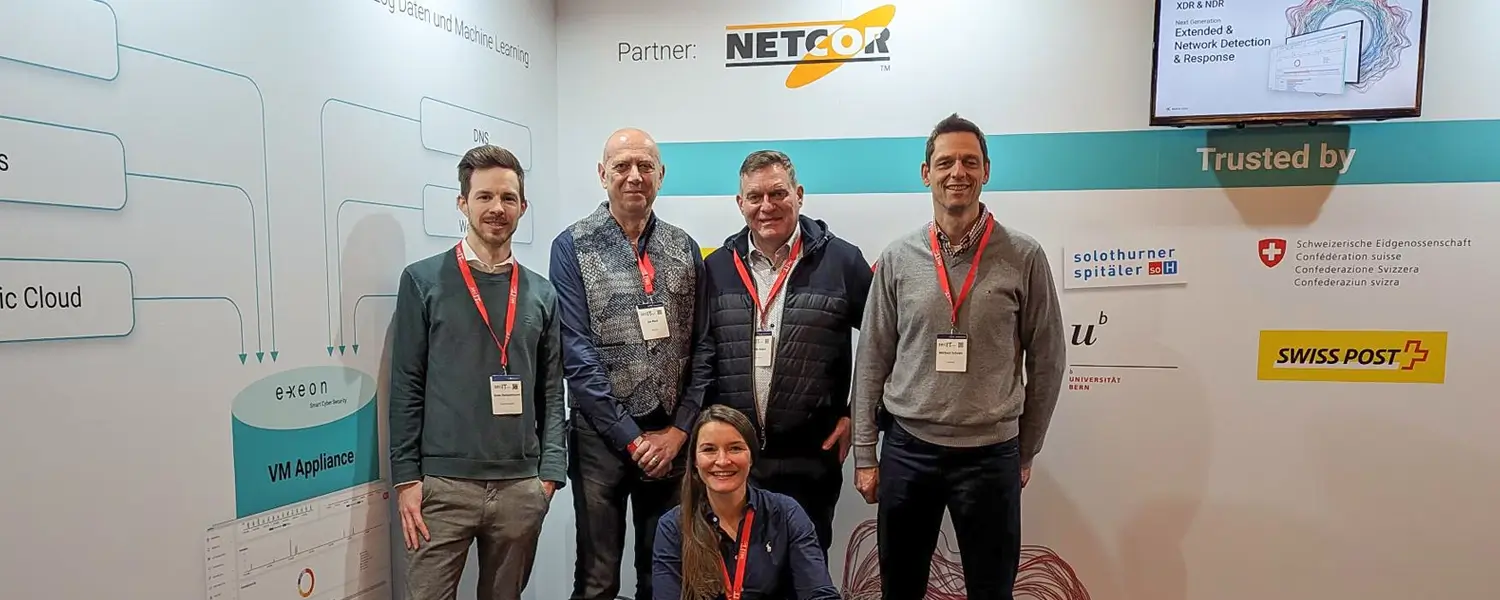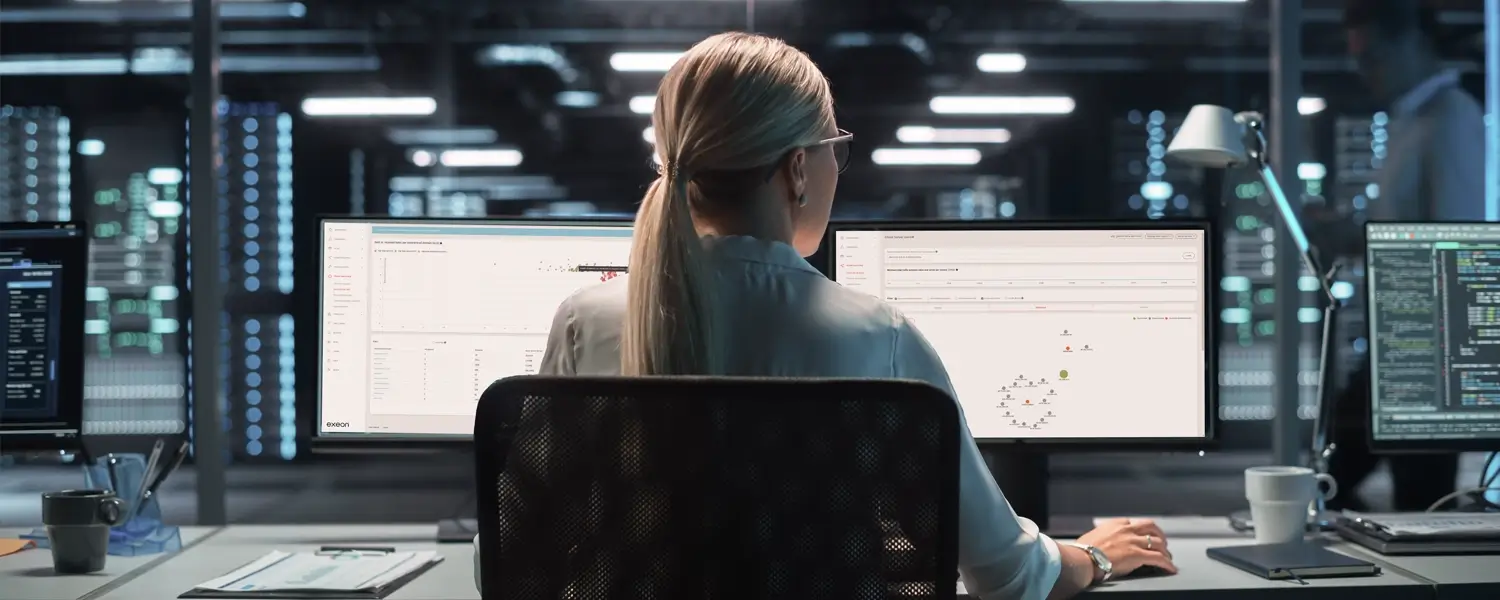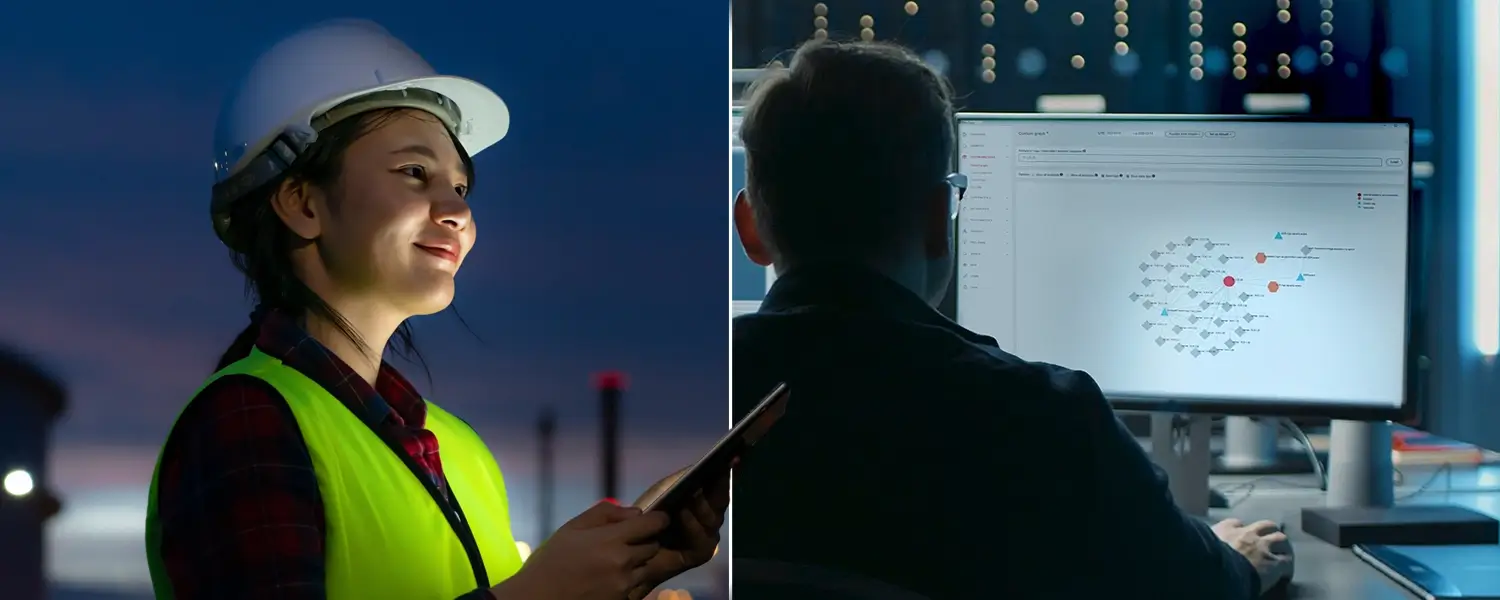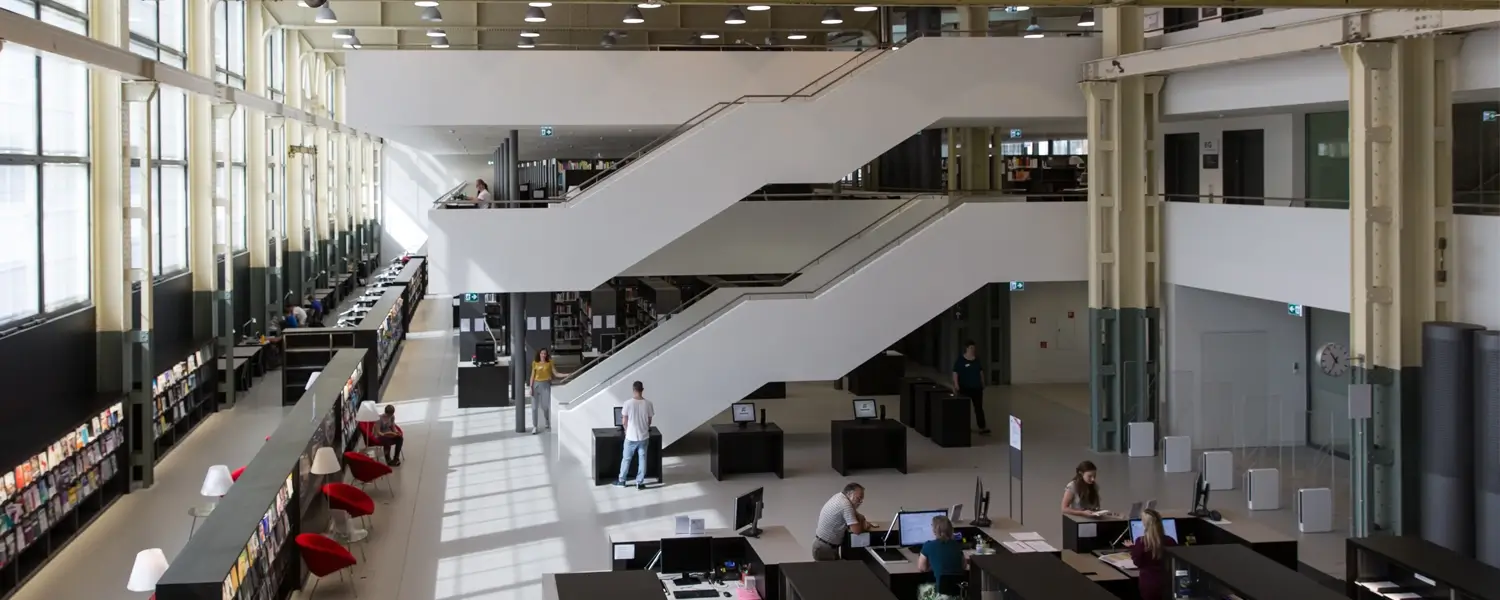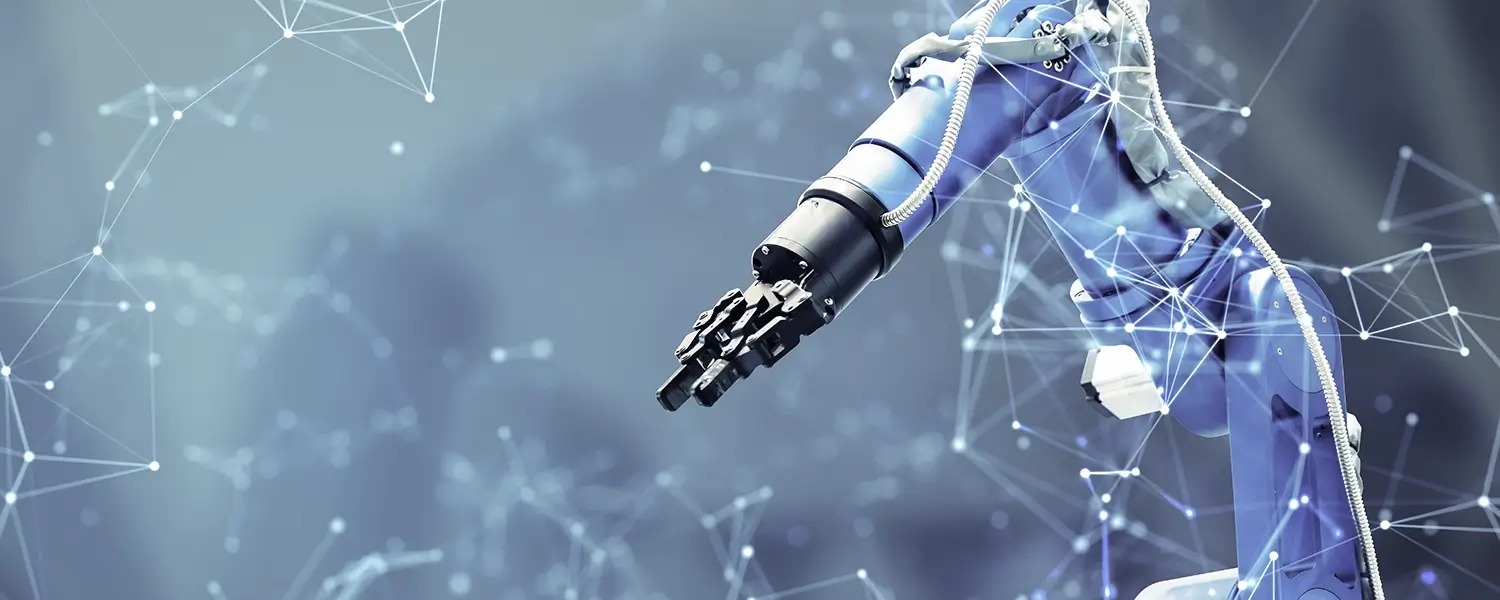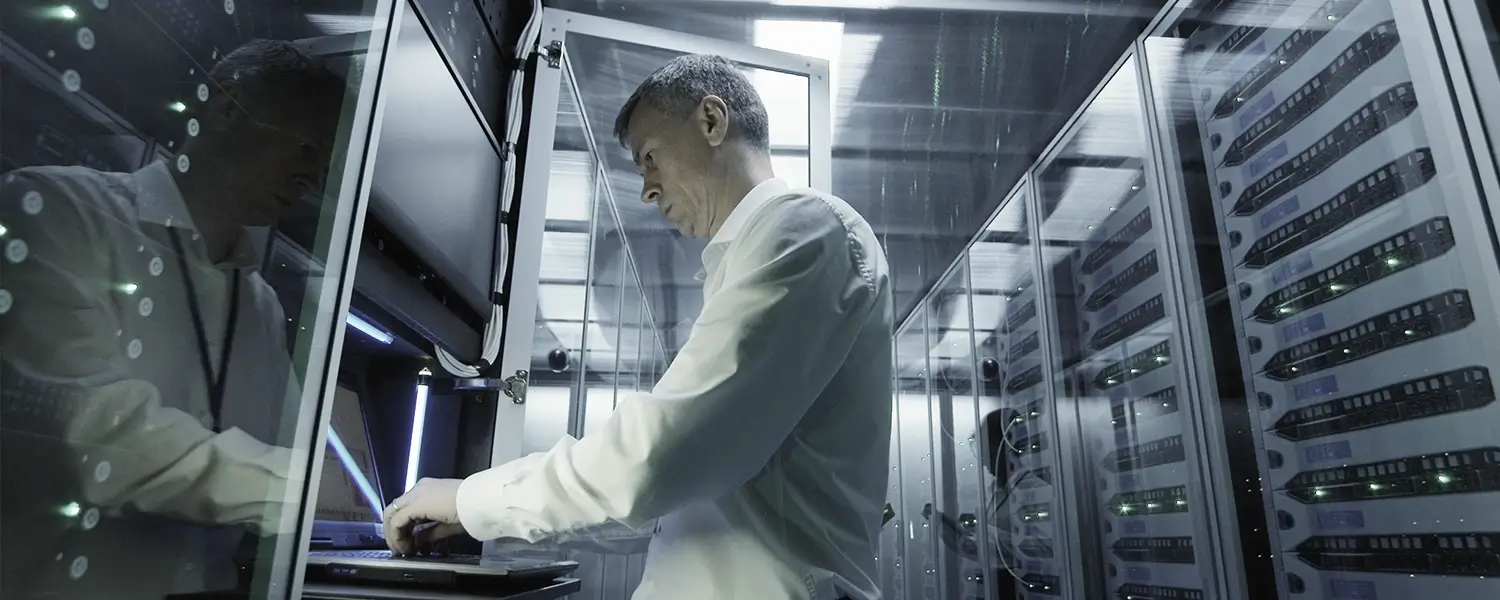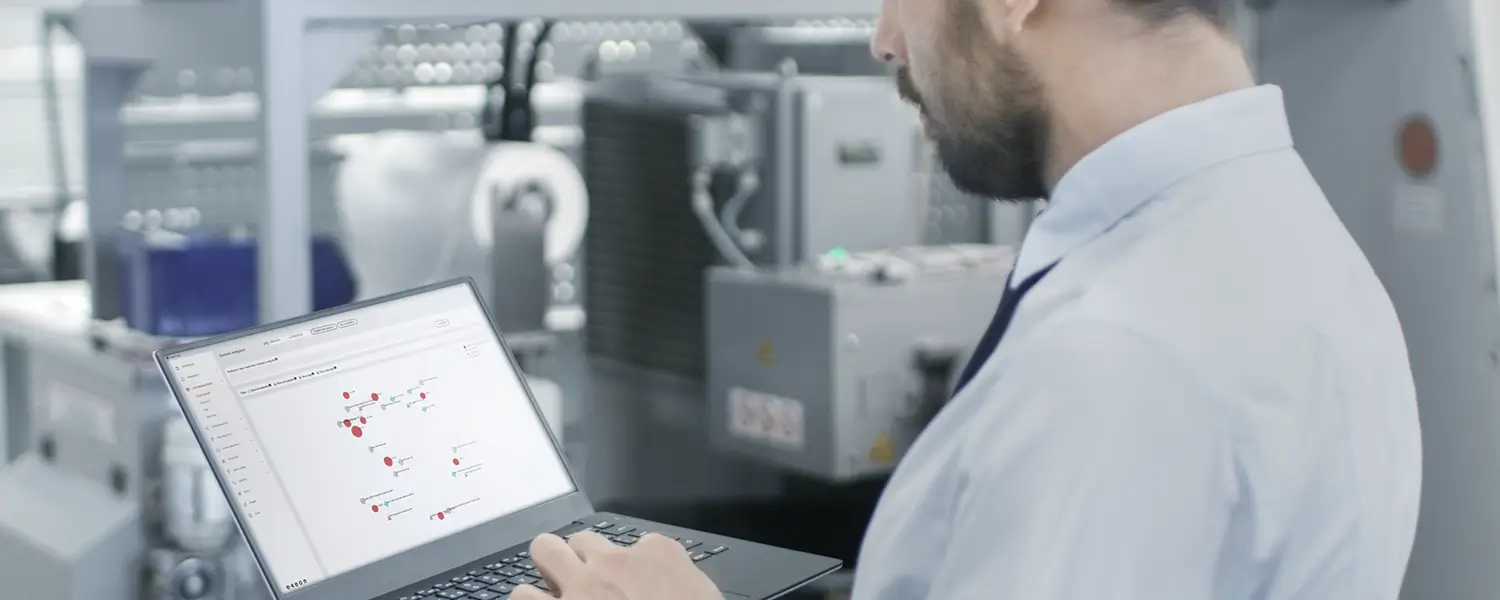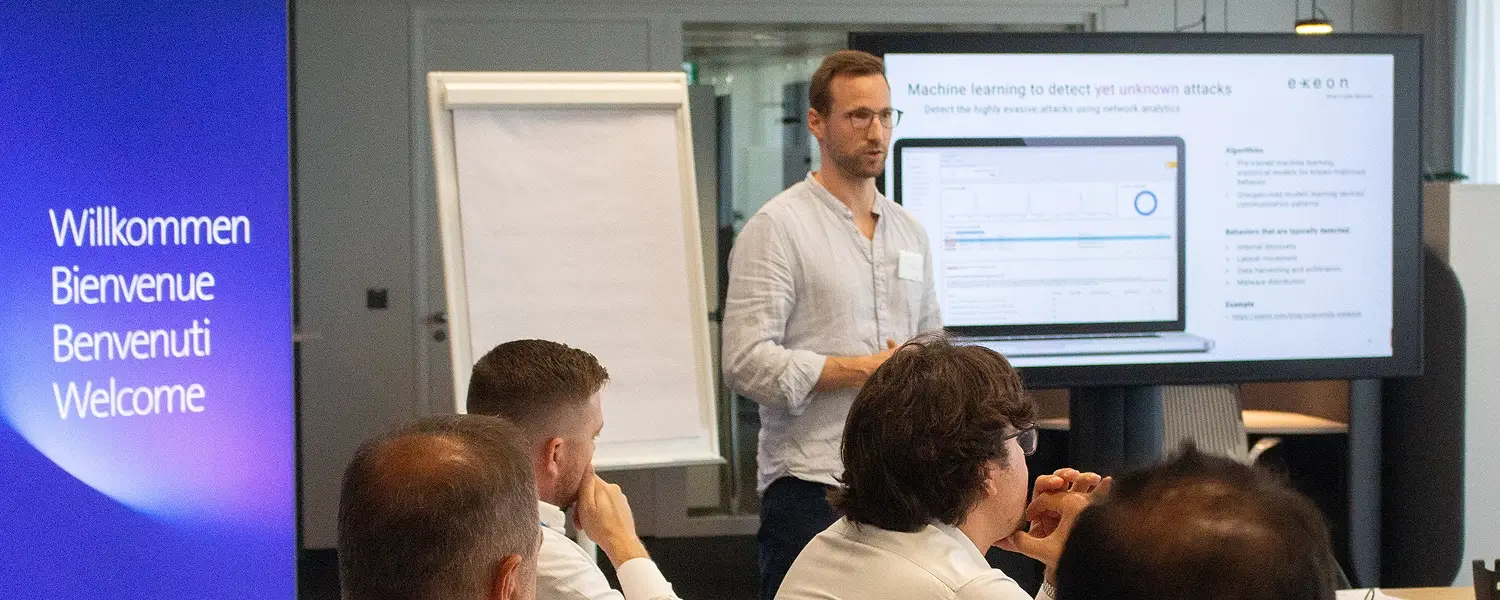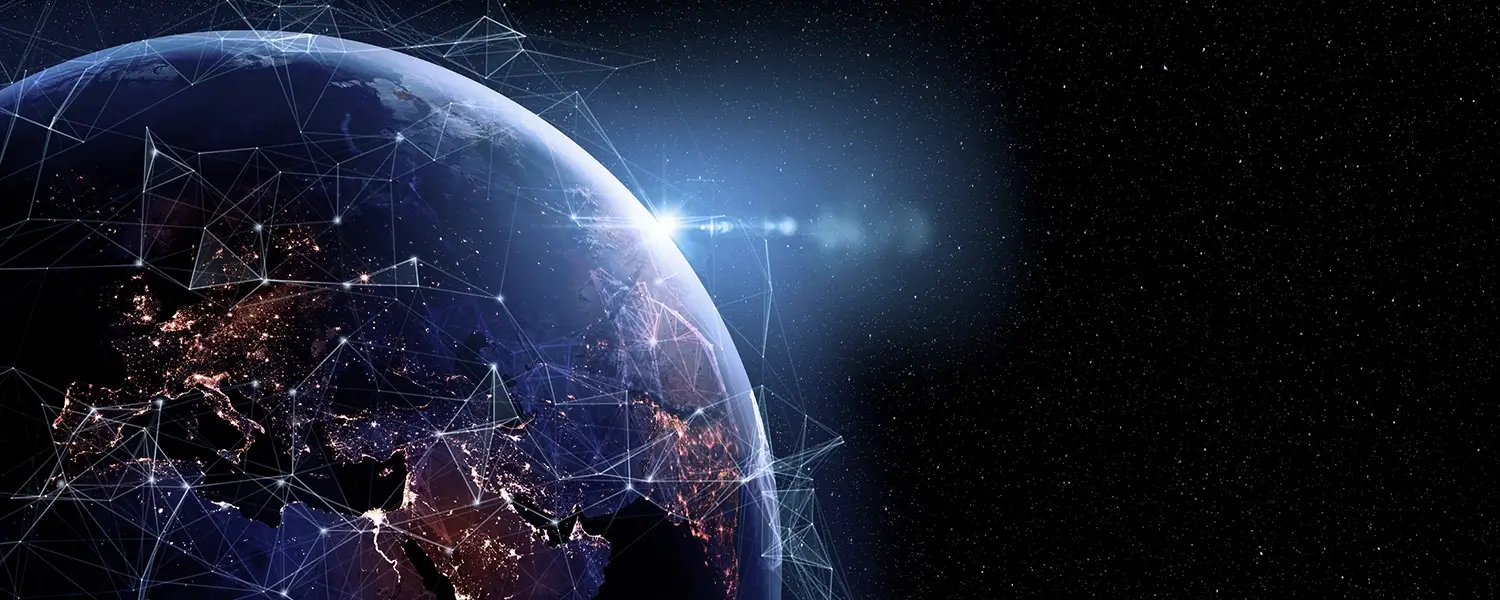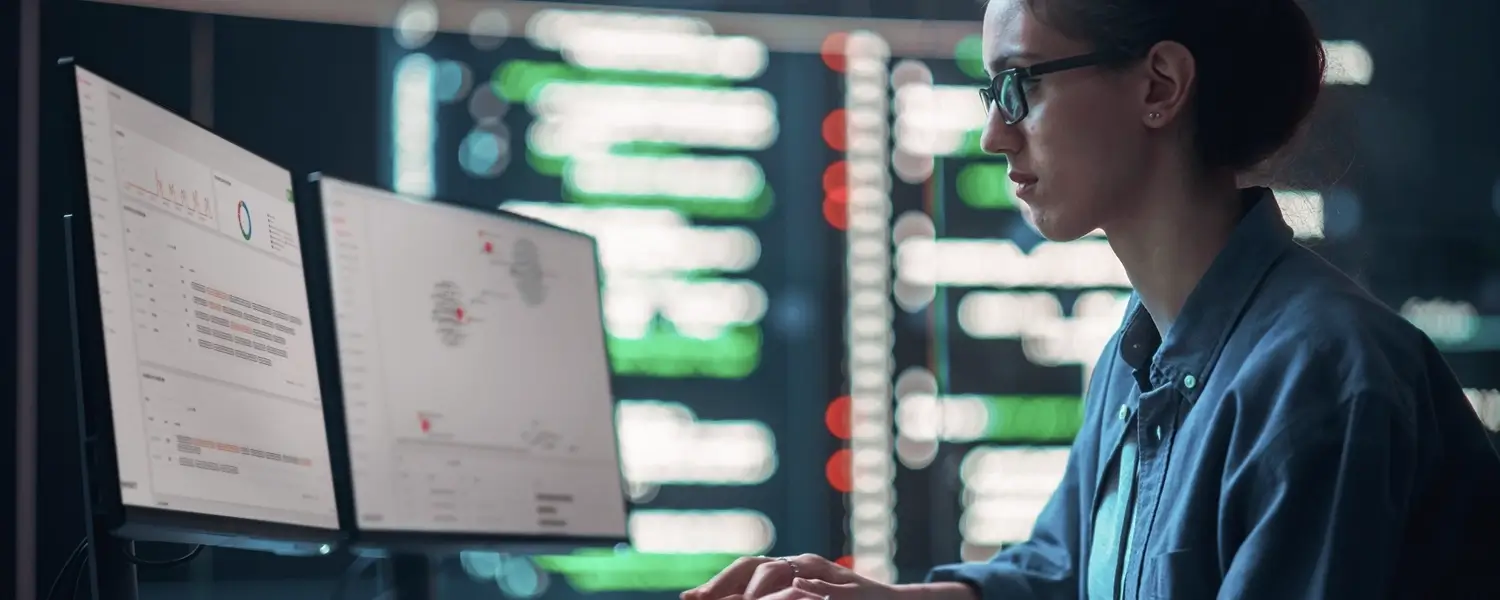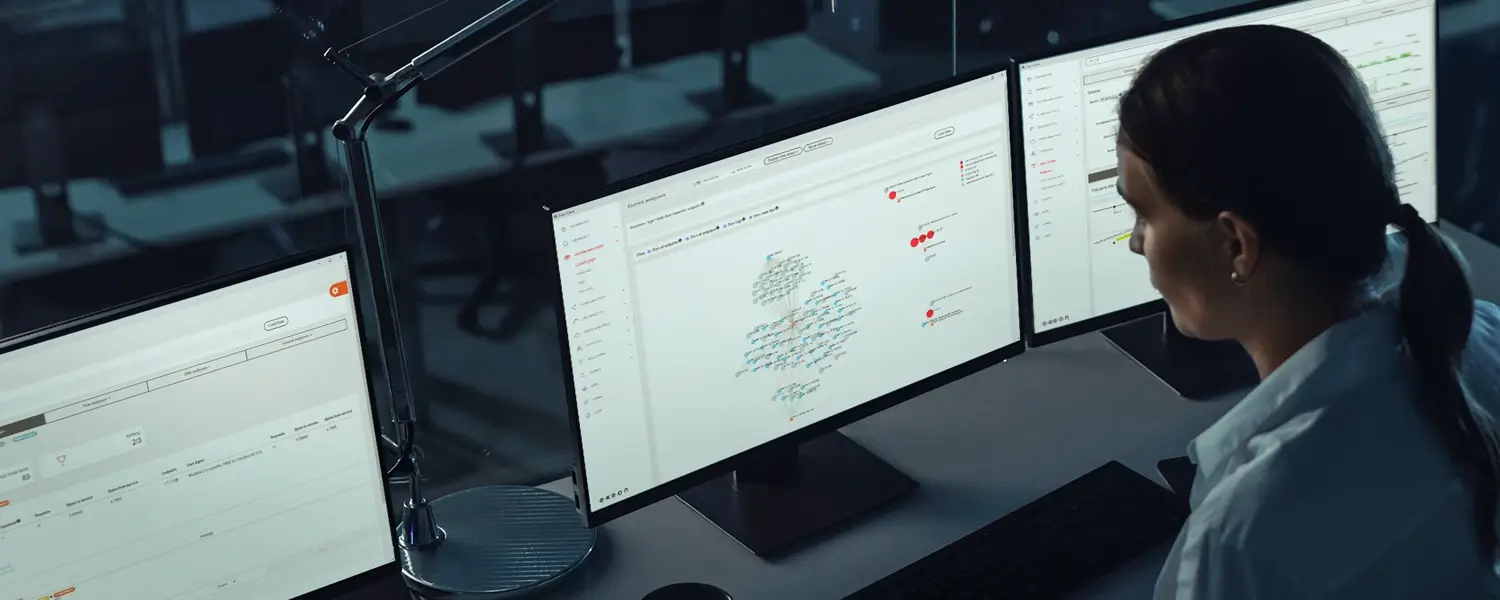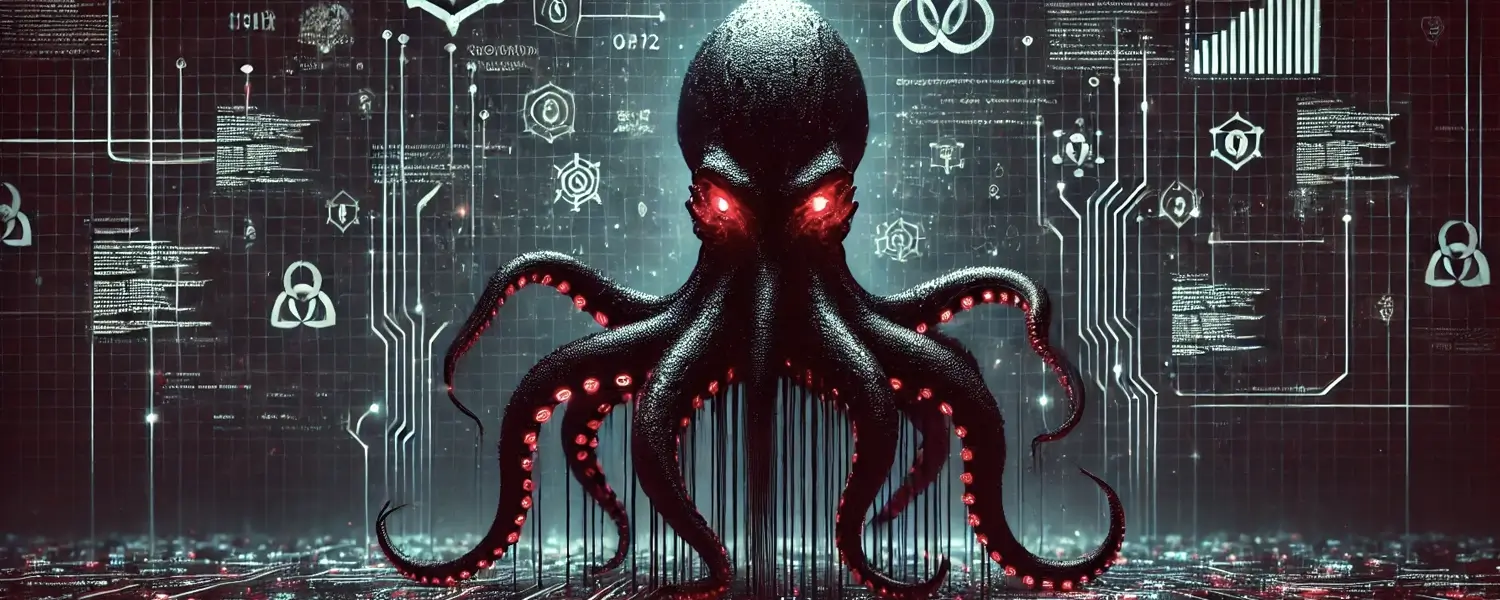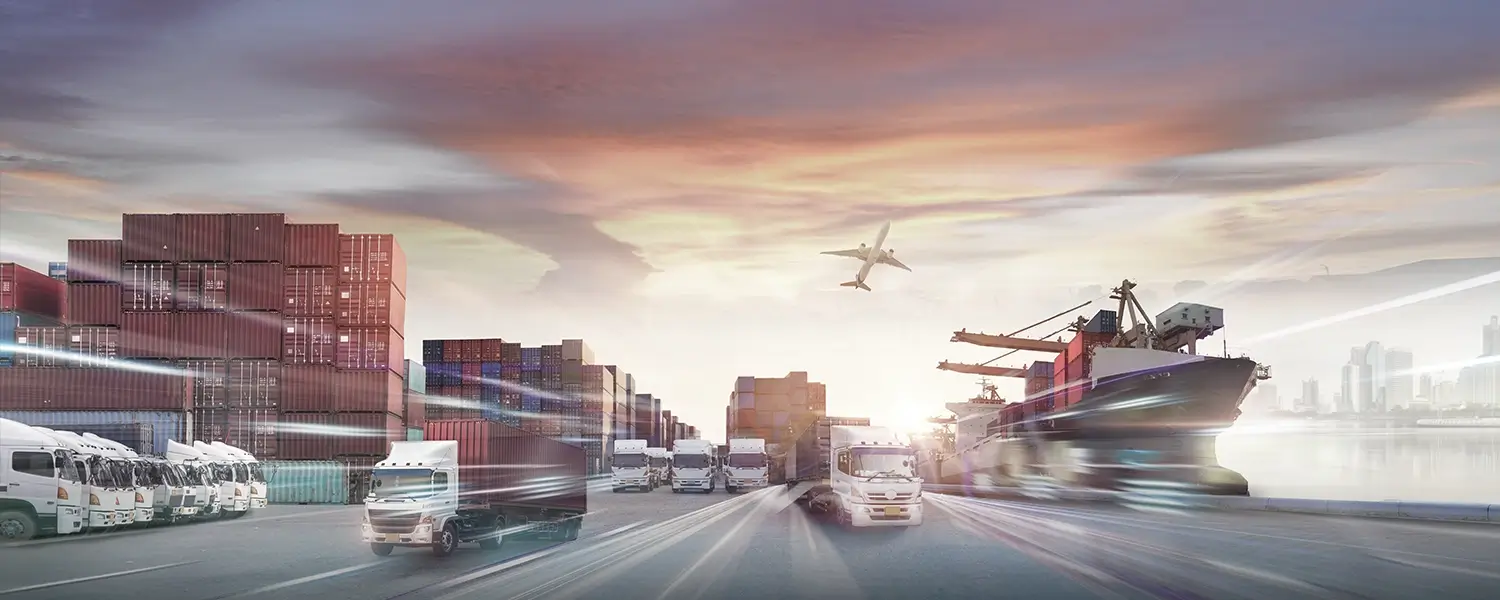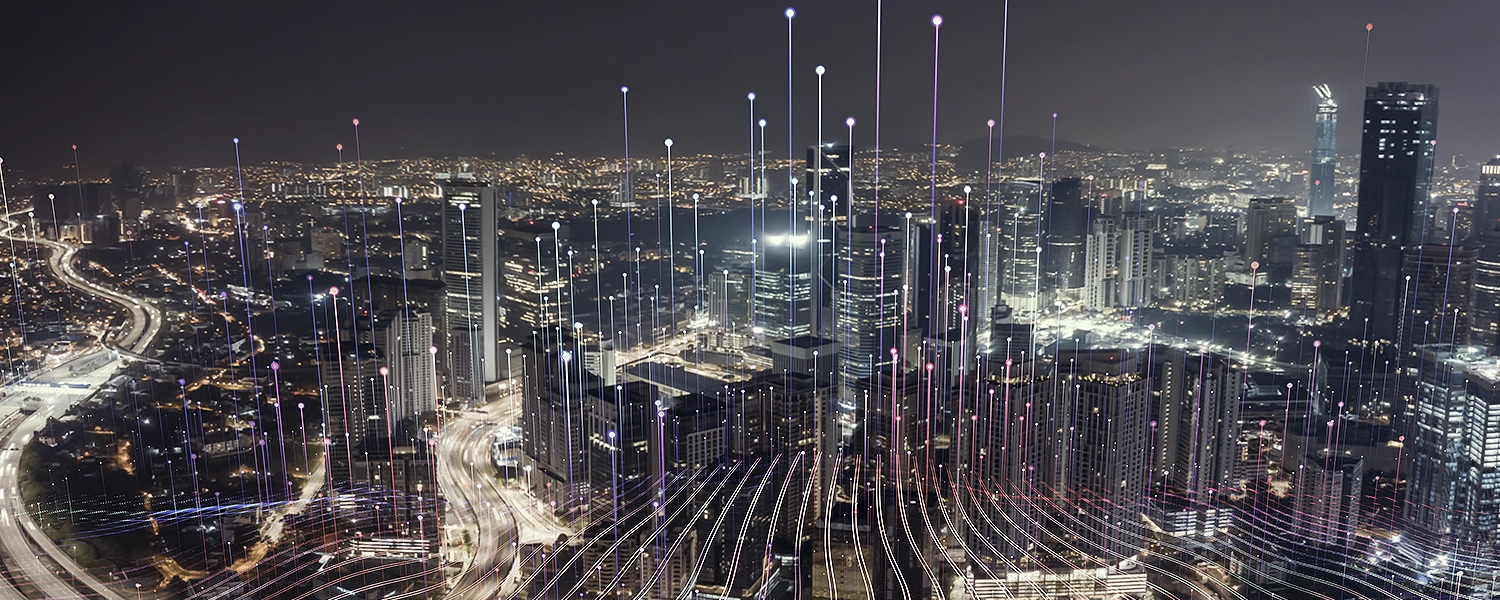Definition
This modern cybersecurity solution is designed to secure cloud environments. It’s a set of processes and technologies that continuously monitors cloud activities, detects potential threats, and responds to them in real-time. Unlike traditional security measures that might focus on on-premises infrastructure, this solution is tailored to the unique challenges of cloud computing. This makes it an essential tool for businesses that are increasingly moving their operations to the cloud. By leveraging advanced tools like artificial intelligence (AI) and machine learning (ML), CDR helps organizations stay one step ahead of cyber threats.
Key features
Malware can compromise systems in different ways. Although its types vary, it generally follows certain steps to achieve malicious goals:
- Real-Time Threat Detection: These systems constantly monitor cloud environments, looking for signs of suspicious activity.
- Automated Response: When a threat is detected, the system can automatically take action, whether it’s isolating a compromised instance or alerting security teams.
- Seamless Integration: CDR solutions can easily integrate with other security tools, such as SIEM (Security Information and Event Management) systems, to provide a comprehensive security solution.
- Scalability: As your business grows, so does your cloud infrastructure. CDR solutions are designed to scale alongside your cloud, ensuring continuous protection.
At its core, Cloud Detection and Response operates by collecting and analyzing data from various sources within your cloud environment. This includes network traffic, user activity logs, and application events. Machine learning models then sift through this data, searching for patterns that might indicate a threat.

CDR demonstrates many benefits, but needs NDR for deeper network-wide threat detection and response.
The role of automation in cloud security
Automation plays a critical role in the effectiveness of CDR systems. By automating threat detection and response, Cloud Detection and Response reduces the time it takes to mitigate potential risks, which is crucial in a fast-paced cloud environment. Automation allows its systems to respond to incidents without waiting for human intervention, thereby minimizing the impact of attacks.
Understanding data flow and threat detection in CDR
CDR systems operate by monitoring the flow of data within your cloud environment. They analyze this data for any irregularities or patterns that might indicate a security threat. By understanding how data flows and identifying anomalies, these systems can detect threats that might otherwise go unnoticed. This constant vigilance ensures that your cloud environment remains secure.
Integration with existing cloud infrastructure
One of the strengths of Cloud Detection and Response is its ability to integrate seamlessly with your existing cloud infrastructure. Whether you’re using a public, private, or hybrid cloud setup, CDR can be customized to work within your specific environment. This integration enhances your current security measures without causing disruptions or requiring significant changes to your infrastructure.
Benefits
It offers a host of benefits, making it a must-have for organizations that rely on cloud infrastructure. Firstly, it significantly enhances security by providing deeper visibility into cloud environments. Traditional security tools might miss some of the more sophisticated threats that CDR can catch.
Additionally, automated responses reduce the time it takes to address threats, which is critical in preventing data breaches. Beyond security, this method is also cost-efficient, as it scales with your cloud usage, reducing the need for additional hardware or software investments.
Finally, it supports compliance with industry regulations, offering detailed logs and reports that demonstrate how threats were managed.
CDR vs. traditional security measures
- Scalability
- CDR: High (Adapts to cloud growth)
- Traditional Security: Limited
- Automation
- CDR: Fully automated responses
- Traditional Security: Manual interventions
- Threat Detection
- CDR: Cloud-specific threats
- Traditional Security: Generalized threats
- Cost
- CDR: Efficient, scales with use
- Traditional Security: Can become expensive
Challenges
- Addressing Compatibility Issues with Legacy Systems: Implementing this solution in environments that still rely on older, legacy systems can present challenges. These systems may not always be compatible with the latest technologies, making integration difficult. To address this, organizations need to assess their current infrastructure and consider updating or replacing outdated components to ensure smooth implementation.
- Balancing Security and Performance in Cloud Environments: Another challenge is maintaining a balance between robust security and optimal cloud performance. CDR systems, while essential for security, can sometimes introduce latency or consume significant resources. It’s important to configure settings in a way that maximizes security without compromising the performance of your cloud environment.
- Navigating Compliance Requirements in Implementation: Finally, compliance with industry-specific regulations is a critical aspect of its implementation. Different industries have varying requirements for data security and privacy, and ensuring that your cloud cybersecurity solution meets these standards is crucial. This might involve working closely with compliance officers and legal teams to understand the specific needs of your organization and adjust the CDR setup accordingly.
Future outlook
The future of this technology looks promising as more businesses migrate to the cloud. We can expect to see further advancements in AI and machine learning, which will enhance the predictive capabilities of these systems. These improvements will enable organizations to not only detect and respond to threats more effectively but also anticipate them before they become a problem. As cloud adoption continues to grow, it will undoubtedly become an even more integral part of cybersecurity strategies.
However, an AI and ML-based technology already exists: Network Detection and Response (NDR). It covers all aspects of cloud deployment and security, while allowing for on-premises, which provides flexibility and customization.
In today’s cloud-driven world, Cloud Detection and Response has grown in importance. By implementing it, organizations can significantly improve their cloud security, ensuring that their digital assets are protected.
Whether you’re in finance, healthcare, e-commerce, or any other industry that relies on the cloud, understanding and utilizing cloud cybersecurity is key to maintaining a robust security posture.
